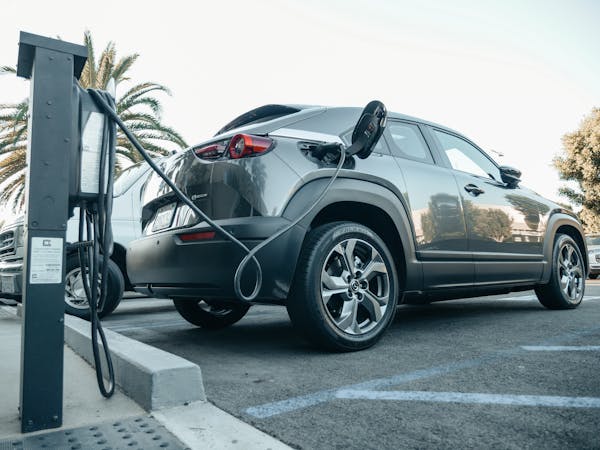Introduction to Electric Midsize Utility Vehicles
Electric midsize utility vehicles represent a significant shift in the automotive landscape. These vehicles bridge the gap between compact electric cars and larger electric SUVs, offering a balance of size, performance, and efficiency. With the increasing focus on reducing carbon emissions, EV MUVs provide a compelling alternative to traditional gasoline-powered vehicles.
Market Overview
The market for electric midsize utility vehicles is booming, with a plethora of models available from both established automakers and new entrants. Notable manufacturers such as Tesla, Ford, and Hyundai are leading the charge, each offering unique features and innovations. According to recent market analysis, sales of EV MUVs are expected to grow exponentially over the next decade, driven by advancements in battery technology and increasing consumer demand.
Benefits of Electric Midsize Utility Vehicles
-
Environmental Impact: EV MUVs significantly reduce greenhouse gas emissions compared to their gasoline counterparts, contributing to cleaner air and a healthier planet.
-
Cost Efficiency: Lower operating costs are a major draw, with reduced fuel expenses and maintenance requirements due to fewer moving parts.
-
Driving Experience: Drivers enjoy instant torque, smooth acceleration, and a quieter ride, enhancing the overall driving experience.
-
Versatility: These vehicles offer ample space and practicality, suitable for families and individuals with active lifestyles.
Technological Innovations
Electric midsize utility vehicles are at the forefront of automotive technology:
-
Battery Technology: Advances in lithium-ion batteries have extended the range of EV MUVs, with many models now offering over 300 miles on a single charge.
-
Charging Infrastructure: The expansion of fast-charging networks makes long-distance travel more feasible.
-
Connectivity: Enhanced infotainment systems and driver-assistance features make EV MUVs a tech-savvy choice for modern drivers.
Challenges and Considerations
Despite their benefits, EV MUVs face certain challenges:
-
Charging Infrastructure: While improving, charging availability still lags behind traditional refueling stations in some regions.
-
Initial Cost: Although operating costs are lower, the upfront price of EV MUVs can be a barrier for some consumers.
-
Range Anxiety: Concerns about battery range, while decreasing, remain a consideration for potential buyers.
Case Studies and Comparisons
Below is a comparison table highlighting the advantages and disadvantages of leading electric midsize utility vehicles:
|
Model
|
Range (miles)
|
Price (USD)
|
Pros
|
Cons
|
|
Tesla Model Y
|
326
|
49,990
|
Long range, superior tech features
|
Higher price point
|
|
Ford Mustang Mach-E
|
300
|
43,895
|
Stylish design, good performance
|
Limited availability in some areas
|
|
Hyundai Kona Electric
|
258
|
37,390
|
Affordable, compact and efficient
|
Smaller cargo space
|
Future Outlook
The future of electric midsize utility vehicles looks promising. With continuous advancements in technology and increasing regulatory support, the adoption of EV MUVs is likely to accelerate. Innovations in battery technology and autonomous driving capabilities will further enhance their appeal.
Consumer Guidance
For those considering purchasing an electric midsize utility vehicle, here are some tips:
-
Evaluate Range Needs: Consider how far you typically drive and choose a model that comfortably meets those needs.
-
Check Incentives: Explore available government rebates and incentives that can lower the overall cost.
-
Test Drive: Experience the driving dynamics and features firsthand to ensure they align with your preferences.
FAQs
What is the typical range of an electric midsize utility vehicle?
Most EV MUVs offer a range between 250 to 350 miles on a full charge, depending on the model and battery size.
Are electric midsize utility vehicles more expensive to maintain than gasoline vehicles?
No, they generally have lower maintenance costs due to fewer moving parts and no need for oil changes.
How long does it take to charge an electric midsize utility vehicle?
Charging times vary, but using a fast charger, many EV MUVs can reach 80% charge in around 30-40 minutes.
Electric midsize utility vehicles are reshaping the automotive industry, offering a sustainable and practical option for eco-conscious consumers. As technology continues to evolve, these vehicles will play an increasingly important role in reducing emissions and promoting a cleaner future.
References
-
-
-

